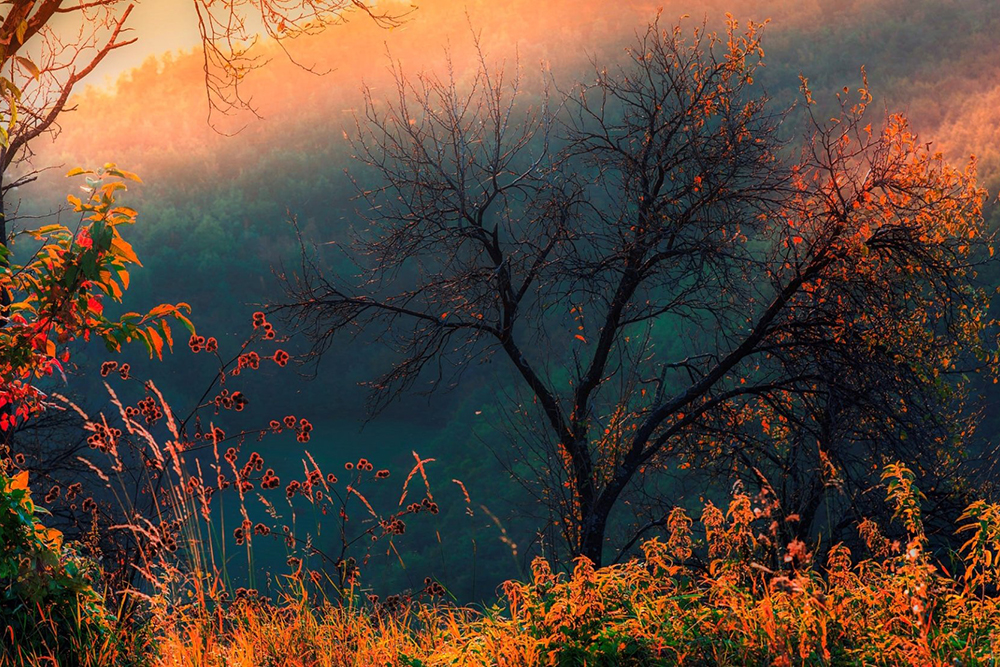In 1984, Shri Mataji paid Her fourth visit to Bristol. By this time we were living in a shared house in Bushy Park. While there, She talked to me at length, while I took notes, about the history of Western art. While this was happening, I was in a state of bliss.
What was needed now, She emphasized, was an art of spiritual exuberance and compassionate power. Various works of art by Gericault, Whistler and the Renaissance portraitists were alluded to in Her talk, not by name, but I could picture them in my mind’s eye. The gist of the talk was that art had increasingly lost its/ connection with spirituality.
Insincerity began to come in with the Baroque, and with industrialization, people became egoistical and self-centred, and quantity began to replace quality. In Freud’s time, an emphasis on the sexualisation of art came in; the mariadas broke down. Artists began to lose their dignity and self-esteem. There is no love in modern art; much of it is sadistic: artists are expressing their unhappiness and moreover, artistic practice is being neglected. As a result, deftness is being lost. The myelin sheath (around the neurons) is beginning to deteriorate in many Westerners with a consequent loss of creative dexterity. Mother mentioned Picasso, a realised soul. I questioned the quality of the great bulk of his work.
‘He was a bit half-baked, perhaps. Still, he reflected his time,’ said Shri Mataji.
The establishment of the Bauhaus represented the climax of the attack on true art, just before Shri Mataji was born. The Bauhaus was the art school founded by Gropius in Weimar, Germany, in 1919. This supraconscious style of architecture and design spread across the whole world. Mother reinforced this point about the Bauhaus later when we were out shopping in Clifton, Bristol, pointing out how the insipid, mass-produced design of various objects was in the Bauhaus manner.
‘There’s nothing sublime in modern art, nothing serene. This is hell,’ She said simply, when it came to the art of the present day, and in case there should be any mistake, She said it once more in a still more solemn voice, ‘This is hell.’
To sum up, She said that sincerity must come back into art. The stress should be on the ascent to the higher realm of the divine. Above all, a compassionately powerful art should be produced. The point of this private lecture was that I should write a book on the subject. She paused and suggested a title or two.
‘Art, Love and Truth,’ She suddenly said. It wasn’t what I’d had in mind but this title demanded an approach in which there was an integration of the intellectual and the heartfelt, the logical and passionate, of head and heart. As soon as She pronounced the name, I felt a rush of energy to my Sahasrara. She stated that Her favourite artists were Michelangelo and Blake.
‘See, your Kundalini rises!’ She said in the course of the talk, when She mentioned Michelangelo.
‘But he wasn’t particularly happy, was he, Mother?’ something prompted me to say.
‘Who would be?’ She replied without a pause.
Chris Greaves
